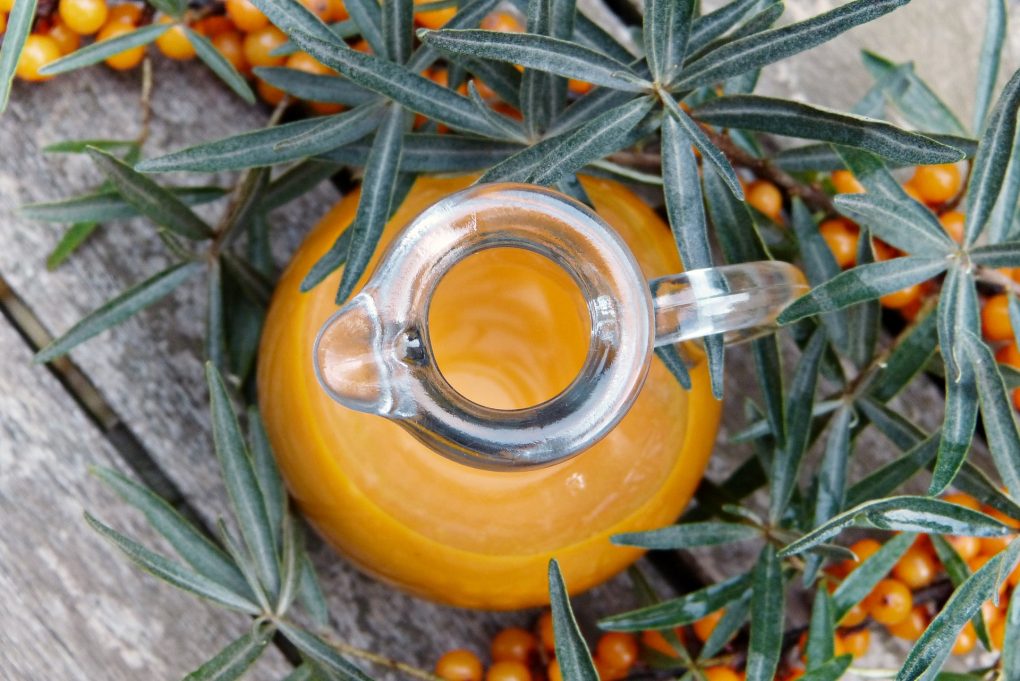
Polish Superfoods
The name superfoods has been very popular recently. You’ve probably heard of the famous superfoods such as chia seeds and goji berries. What exactly are superfoods? It is a natural, unprocessed food that has unusual properties for the body thanks to the ingredients it contains. We associate such food with exotic, expensive products. Few of you probably know that Poland is also rich in foods with unusual properties. You will find them in every store at an affordable price. It is worth introducing them to your daily menu and enjoying your health 🙂
Below you will find examples of Polish superfoods:
Flaxseed
Flax seeds or lin seeds. They can be called the Polish equivalent of chia seeds. They are one of the richest plant sources of omega-3 fatty acids that reduce cholesterol and support immunity. They also contain lignans which belong to phytoestrogens. Lignans regulate hormone levels and are especially recommended for women undergoing menopause. Flaxseed is also rich in fiber, which makes you feel full faster and contributes to weight loss. In the diet, you can use them as an addition to porridge, soups, salads. Remember, however, that linseed must be ground to be able to exhibit its properties! More information about flax seeds can be found HERE.
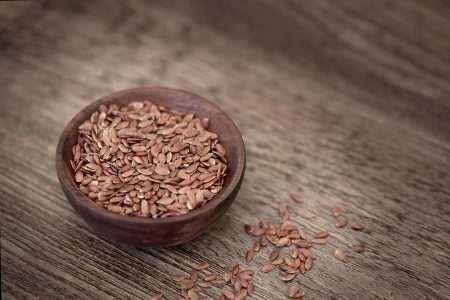
Cranberry
I’m sure many of you have used cranberry for cystitis. It has protective and therapeutic qualities in the case of bacterial infections. This is due to the content of phenolic compounds that have antibacterial activity. Because of these properties, it can also be used for oral infections. In addition to antibacterial properties, cranberry has many vitamins (B, C, E and carotene), minerals (potassium, phosphorus, calcium, magnesium, iodine and iron) and flavonoids with antioxidant effects. Especially recommended for people with recurrent infection problems. You can use it both fresh and dried or in the form of jam with many dishes. When choosing dried cranberries, make sure it doesn’t contain any extra sugar! For additional information on cranberry, look HERE.
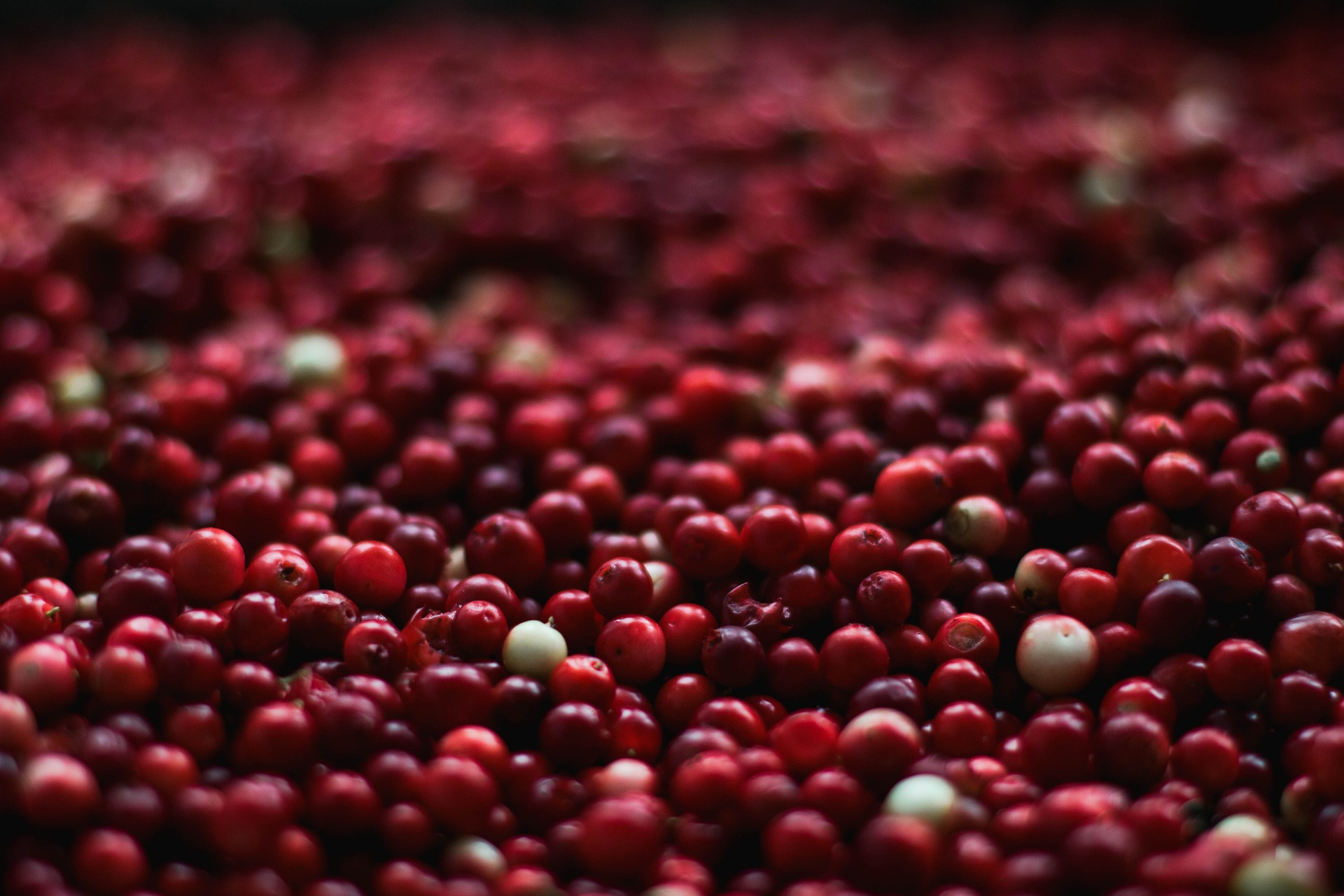
Millet groats
It is made from hulled millet grains. It does not contain gluten, so you can successfully use it on a gluten-free diet. It has base-forming properties, which means it can help deacidify the body. Millet contains silica, which makes our hair beautiful and helps our joints function properly. It is recommended for people suffering from anemia because it contains large amounts of iron. It also contains large amounts of B vitamins that affect the proper functioning of the body, in particular the nervous system. You can use it in many dishes, as an addition to main dishes, soups or in the form of sweet millet porridge.
Chokeberry
It is recommended for people with diabetes due to the presence of chlorogenic acid and anthocyanins in its composition. These ingredients cause a slower absorption of sugar from food and increase insulin secretion, a process which is disturbed in diabetes. Chokeberry also reduces the risk of cardiovascular disease, so if you are at risk or are suffering from atherosclerosis, or have high cholesterol, it is worth reaching for it. You can consume it, for example, in the form of juice.
Kale
Kale is a source of a very important ingredient, sulforaphane. It is important for our body because it has a number of beneficial properties. Sulforaphane contained in kale has anti-cancer properties. Studies have shown that it can act prophylactically in the case of cancer of the mouth, esophagus, throat, stomach, colon, and lungs. In addition, kale used in the diet can prevent the development of coronary heart disease, which leads to heart attacks. Other ingredients you’ll find in kale are: fiber, vitamin K (which regulates blood clotting). This vegetable also has a large amount of lutein and zeaxanthin, these are ingredients that have an antioxidant effect. Due to the increasing incidence of cancer and heart disease, it is worth introducing kale to your diet today, for example in the form of salads, cocktails or even healthy chips.
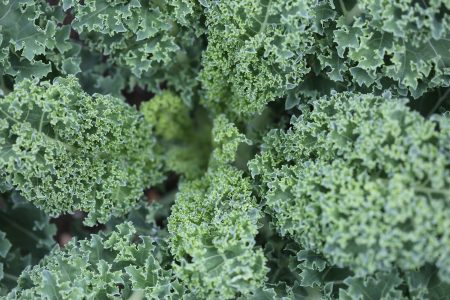
Sea buckthorn
You can consume it in the form of juice, jam, syrup. It has large amounts of vitamins C and E. It contains plant sterols that have the effect of lowering the level of “bad” cholesterol, which is the cause of many diseases – including coronary heart disease, stroke, and heart attack.
Pumpkin
It contains many vitamins such as: vitamins C, A, E, niacin, folic acid, and minerals: calcium, magnesium, potassium, selenium, and, above all, zinc. Pumpkin seeds contain the biggest amount of zinc. Especially men should make sure they provide the right amount of this mineral in their diet, because it prevents inflammation and prostate hypertrophy. But it is also important in the diet of women as it helps to deal with problems with skin, nails or hair. Pumpkin is also a source of protein and fiber. You can eat it in soups, sauces, salads, and have pumpkin seeds as an addition to salads, porridge, etc..
If you want to make sure your diet is healthy and balance, you do not need to reach for expensive, exotic products. Just go to your local vegetable market and you will find many counterparts that are as healthy as the exotic ones. Cheap, healthy, available and of local origin! I encourage you to introduce them into your menu today 🙂
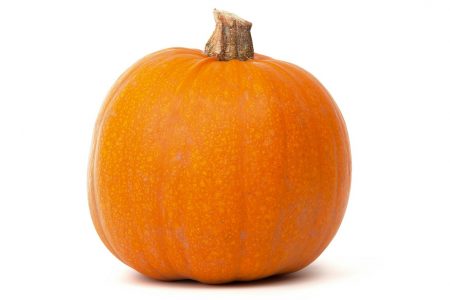
Bibliography:
- Wawryka J., Teodorczyk A., Zdrojewicz Z. Zastosowanie lecznicze siemienia lnianego. Med Rodz. 2017;20(1): 41-47.
- Baranowska M., Bartoszek A. Antyoksydacyjne i przeciwdrobnoustrojowe właściwości bioaktywnych fitozwiązków żurawiny. PHMD. 2016; 70: 1460-1468.
- Doroszko M., Janda K., Jakubczyk K. Właściwości prozdrowotne wybranych owoców krajowych. Kos Pro Na Bio. 2018; 67(2): 415-423.
- Zdrojewicz Z., Kosowski W., Stebnicki M., Stebnicki M. Jarmuż – stare, a zapomniane warzywo. Med Rodz. 2016; 1(19): 21-25.
- Malinowska P., Olas B. Rokitnik – roślina wartościowa dla zdrowia. Kos Pro Na Bio. 2016; 65(2): 285-292.
- Zdrojewicz Z., Błaszczyk A., Wróblewska M. Dynia – zdrowa, ale zapomniana. Med Rodz. 2016; 19(2): 70-74.





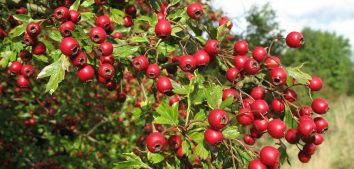

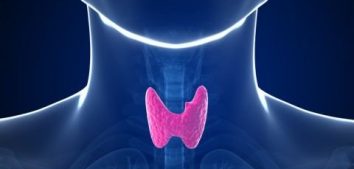
Comments No Comments
Join the discussion…